More about Afterglow
- All
- Info
- Shop
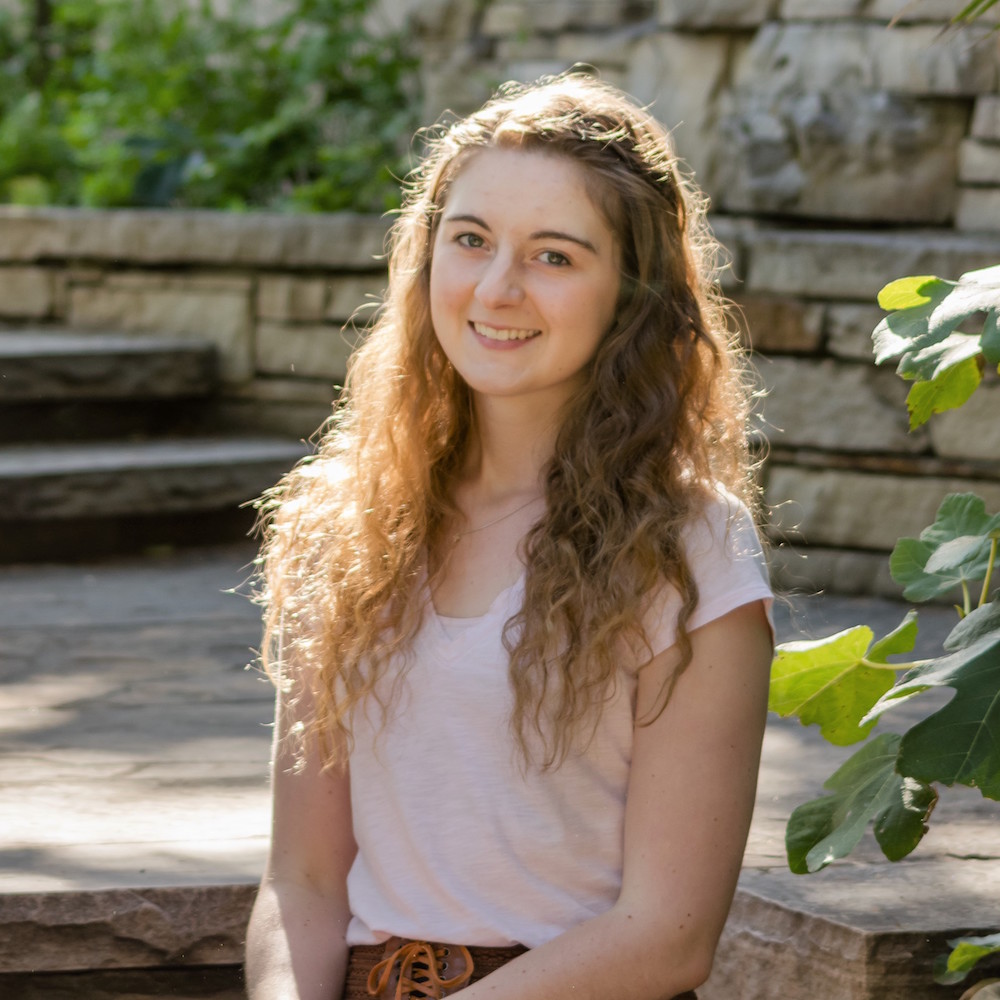
Contributor
Is it a coincidence that Hans Hofmann painted this trippy artwork, Afterglow, the same year that LSD was synthesized? I think not.
True, the drug wasn’t actually used until 1943, when its founder (the similarly named Dr. Albert Hofmann) experimented on himself. But still, something had to have been in the air in 1938 for this artwork and a new psychoactive drug to have come into existence within months of each other. Even weirder: after Dr. H’s 1943 test, he described the post-trip experience as leaving him with an “afterglow.” Wild stuff, man.
Although it is more than reminiscent of of an, ahem, ~induced~ experience, Afterglow is actually a landscape painting of Hofmann’s beloved Provincetown, MA. In 1934, Hofmann opened the Hans Hofmann School of Fine Arts, a summer school counterpart to his NYC institution. He would go on to spend 23 years teaching painting in P-town, to a variety of artists including Jackson Pollock, Lee Krasner, Franz Kline, Joan Mitchell, Helen Frankenthaler, and Mark Rothko. Hofmann’s partial deafness led to unique teaching methods that often involved Hofmann directly interacting with the student’s work. This bodiliness and energy can certainly be seen in Afterglow. While on the topic of motion: he described painting as being a “universe in action” - a label which perhaps can also be applied to this artist himself.
This painting showcases Hofmann’s signature “push and pull” style, which flattens a 3-dimensional world onto a 2-dimensional substrate by shifting perspective, rather than focusing on capturing a single view. Hofmann achieves this by using a smorgasboard of colors and free brushwork - creating a high-energy composition that captures the “spirit” of the artist’s subject. Sound like a load of hippie hogwash? Perhaps. But it sure is pretty to look at.
Sources
- “1930-1939.” hanshofmann.org, accessed 15 October 2019, http://www.hanshofmann.org/1930-1939.
- “Afterglow.” Smithsonian American Art Museum, accessed 15 October 2019, https://americanart.si.edu/artwork/afterglow-10610.
- Ahrens, Nyla. “Provincetown History: Hans Hofmann School.” iamprovincetown.com, from PROVINCETOWN: THE ART COLONY: A Brief History and Guide, published by Provincetown Art Association and Museum, 199. Accessed online 15 October 2019 from http://iamprovinc
- “Hans Hofmann School of the Arts.” The Art Story, accessed 15 October 2019, https://www.theartstory.org/school-hofmann.htm.
- Pollan, Michael. How to Change Your Mind. pp 21-26. Published 2018 by Penguin Books. Accessed online 15 October 2019 from https://delanceyplace.com/view-archives.php?p=3925.
- “Teaching Genius: Hans Hofmann and the Provincetown Art Colony.” New Britain Museum of American Art, 15 July 2011, accessed 15 October 2019, https://nbmaa.wordpress.com/2011/07/15/teaching-genius-hans-hofmann-and….

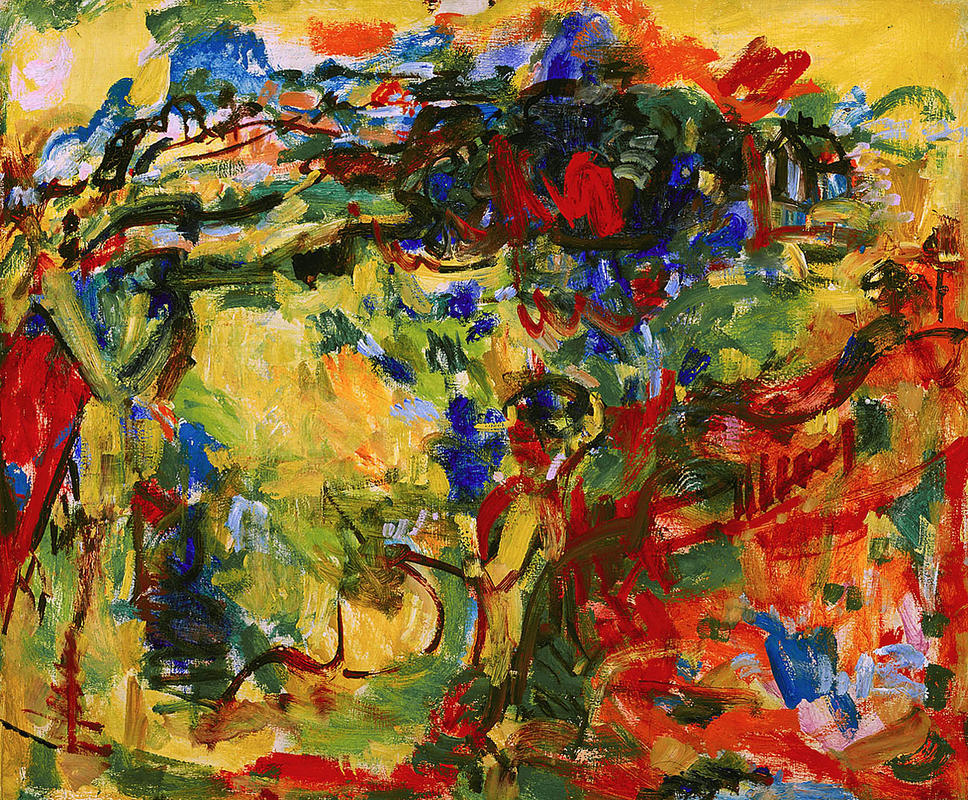
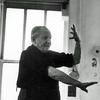
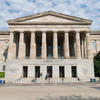
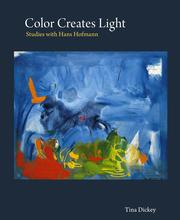
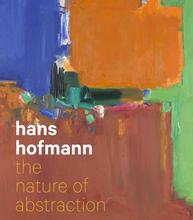








At first glance Hans Hofmann's painting titled Afterglow may seem overwhelming with an array of bright colors randomly brushed across a canvas. However, the longer one looks at it, the more that can be recognized. The author's intention was to showcase his hometown of Princeton, MA. I would like to speculate that the dark green/black colors at the top of the painting almost appear as a cityscape of buildings. Meanwhile the heavy presence of red in the bottom right corner may be reminiscent of a body of water and the large spots of yellow could represent grass. Assuming this view, it seems that Hofmann challenges the normal color scheme of blue for water and green for grass by opting for bright red and yellow. Another perspective may be that the bright, lively colors represent the bustling city full of people. Either way, this painting clearly demonstrates Hofmann's uniqueness and "push and pull" style.